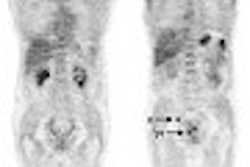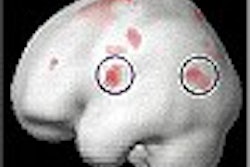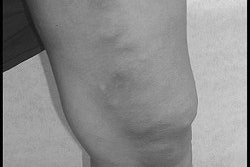Japanese researchers have found that high-resolution CT can help physicians manage small solitary pulmonary nodules (SPNs). Their technique, which uses CT to identify the unique characteristics of benign lesions, could help reduce the number of biopsies endured by patients with suspicious SPNs, according to an article by staff editor Eric Barnes that we’re featuring this week in our CT Digital Community.
The researchers examined over 13,000 patients in a rural Japanese population. Two independent readers then made qualitative evaluations of different lesion characteristics, such as shape and spiculation, and also assessed lesion size.
They found that certain characteristics were specific to malignant or benign lesions, as has been established in previous studies. But the investigators also found they could improve on their predictive performance by combining some characteristics with others, resulting in better overall sensitivity and specificity.
The study could have important ramifications: It could make CT lung screening more effective with less patient morbidity if lesions smaller than 1 cm don’t have to be biopsied. Also, the group’s findings could result in improvements to computer-aided detection (CAD) algorithms that are being developed for CT lung screening.
Get the rest of the story in our CT Digital Community, at http://ct.auntminnie.com.



















